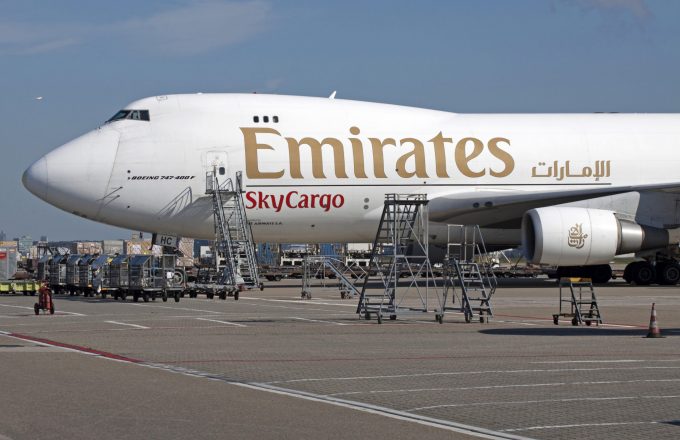Two killed after Houthi attacks resume on merchant ships
Insurance premiums look set to spike for the few carriers braving Red Sea transits, after ...

While shipping around the Cape of Good Hope has increased ship emissions, by adding distance and voyage duration, uncertainty in maritime supply chains has led to a shift toward air cargo for some shippers.
This has created a massive secondary increase in CO2, which dwarfs that ...

Comment on this article